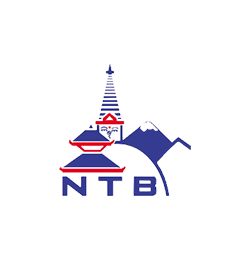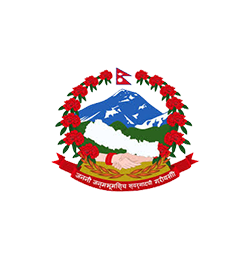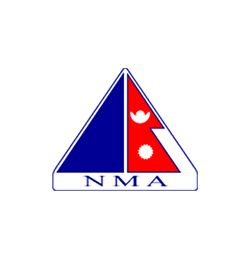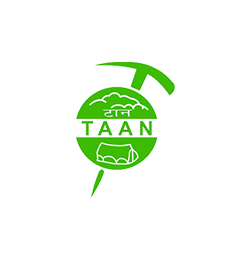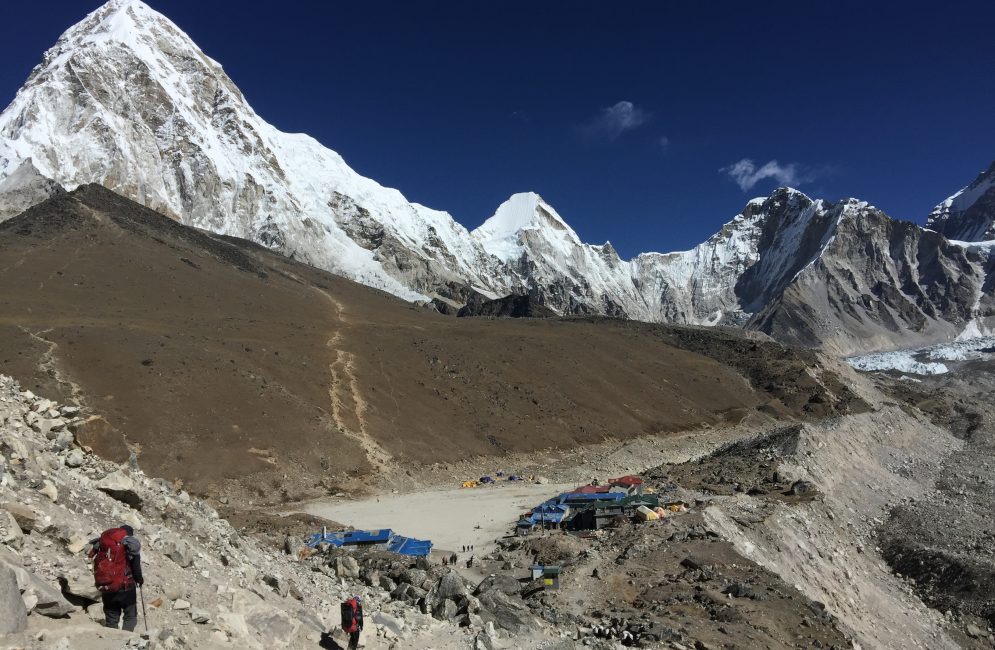
Nepal is ranked as one of the best places to visit in the world. So, Nepal attracts thousands of tourists every year. Nepal is well-known for its natural beauty, culture, and heritage. Nepal is also famous for activities for thrill seekers such as bungee jumping, whitewater rafting, mountain climbing, mountain biking, and many more.
This is the reason Nepal is on the bucket list of every travel enthusiast. Are you planning to visit Nepal? If yes, brace yourself as you create some beautiful moments of your lifetime.
But, which time or season would be the best to visit Nepal? When can you enjoy your travel to the fullest? You can have a great experience at any time of the year. Nepal has options for all adventurous activities.
This blog will provide information on the best time to experience Nepal in terms of the most favorable seasons. You can get a better understanding of the seasons in Nepal. This will also help you choose the best time to visit Nepal.
Seasons in Nepal
Far from western seasons, Nepal has its own culture of seasons. Nepal has four main seasons: Spring, Summer, Autumn, and Winter.
Spring
The Spring season in Nepal starts in March and lasts till May. This also is a pre-monsoon season. If you want to enjoy the natural beauty of Nepal and the wide variety of wildflowers, this is the best time to visit Nepal.
Nature sparks in vibrant colors. You can even witness the rare variety of flora & fauna.
Days are warm, and nights might be slightly cold. The average daytime temperature is around 21 degrees celsius. In contrast, the average minimum temperature is about 12 degrees celsius.
Likewise, the environment is clean and calm. There is no disturbance to the glistening views of the high mountain range. Also, the trekking routes and high passes are free of snow during this time.
Similarly, you can also enjoy activities like Paragliding, Bungee, Rafting, etc., during this season. During this season, you can also experience the Nepali New Year festival, “Bisket Jatra,” and the festival of color, “Holi.”
Autumn
The Autumn season in Nepal falls in September, October, and November. This season is the best time to visit Nepal. Thus, you can expect many tourists on your trails.
Autumn is considered the best time to experience Nepal as this season offers the best climate with a cool temperature. Plus, there is less chance of rainfall. Temperature ranges from a maximum of 25 degrees Celsius to a minimum of 10 degrees celsius.
This season is favorable for all types of activities in Nepal. In October, the country also celebrates its most significant festivals Dashain and Tihar.
Dashain symbolizes the victory of good over evil and is a time for family reunions. You might be welcomed as a family member as well during this time.
Likewise, Tihar is a celebration of lights, and you can also be part of playful caroling. So, you will experience the cultural and festival part of Nepal.
Monsoon
June, July, and August are Nepal’s Monsoon or Summer seasons. As the season suggests, there is a lot of rainfalls with heavy hailstorm & thunders.
Since the country experiences monsoon rain, farming activities are in full swing during this season. So, you can enjoy paddy plantations and beautiful green hills during this season.
Temperatures in this season can be variable. As this is also a summer season, the temperature can rise to 30 degrees Celsius. At the same time, it can get cold up to 2 degrees Celsius in some places. Thus, the weather is very unpredictable and unfavorable. Flight cancellation is very common.
But there are few rain-shadowed areas in Nepal, such as the Upper Mustang, Dolpo, or Tsum valley. You can trek to these destinations. You can also opt for sightseeing in Kathmandu and Pokhara.
Rain and clouds might affect the natural scenery. But, once the rain stops, incredible greenery covers the environs.
Winter
Nepal enjoys the chilly winter season from December to February. If you are a winter person, this could be your option. The crowds are less in every trekking region. You could enjoy the whole place by yourself. Plus, you get attractive discounts for food and accommodation.
But, because of the heavy snowfall in high altitudes, most of the high passes on the trekking routes will remain closed during winter.
However, the temperature is freezing (up to 0 degrees celsius) with occasional snowfalls. This can even disturb some trekking routes. Thus, you have to be careful and well prepared for this season.
The best option for this season is to trek at the lower altitudes of the Everest, Langtang, and Annapurna Regions. Everest Short Trek, Langtang Valley Trek, Ghandruk Trek, and Ghorepani Trek are popular options during the winter season.
The lowlands like Chitwan and Bardia National parks can be on your list. Besides all the obstacles, you can enjoy amazing scenic views.
Similarly, you can enjoy a lot of cultural events like Tibetan Lhosar. There are three types of Lhosar celebration in Nepal: The Tamu Lhosar of the Gurung ethnic groups in December/January, Gyalpo Lhosar of the Sherpa ethnic groups in February/March, and Sonam Lhosar of the Tamang ethnic groups in January/February.
Lhosar means a new year and is an important celebration for all Buddhists. Major cultural events are held with people in their traditional dresses, celebrations, and festivities on Buddhist shrines. Experiencing Tibetan Lhosar will give you a memory of a lifetime.
Conclusion
There is something to be enjoyed in every season in Nepal, so your travel plans for Nepal depend entirely on your travel purpose. You can consult a travel agent in Nepal to get details on which time will be best for you to visit Nepal, depending on your travel plans and places you’d like to visit/activities you’d like to enjoy.

